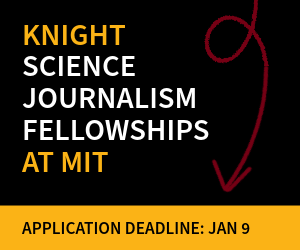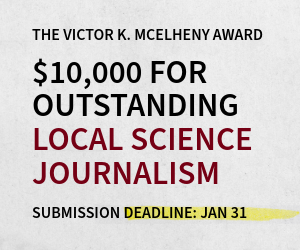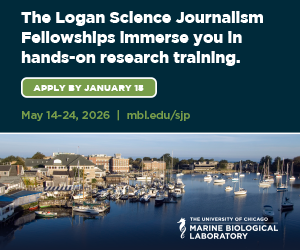For 100 years, most scientists have contended that nuclear reactions can occur only in high-energy physics experiments and in large nuclear reactors. Nuclear reactions, however, also can occur in bench top experiments, Steven B. Krivit reports. In his three-book series, Explorations in Nuclear Research, Krivit describes the emergence of low-energy nuclear reactions (LENR), a new field of science that bridges chemistry and physics, which he distinguishes from, as he says, the erroneous idea of "cold fusion."
Two dozen print and electronic journalists from across the Southeast got a glimpse of what’s coming next in the climate story during Measure Globally, Respond Locally, a mini-conference held August 15 and 16 in Asheville, N.C.



